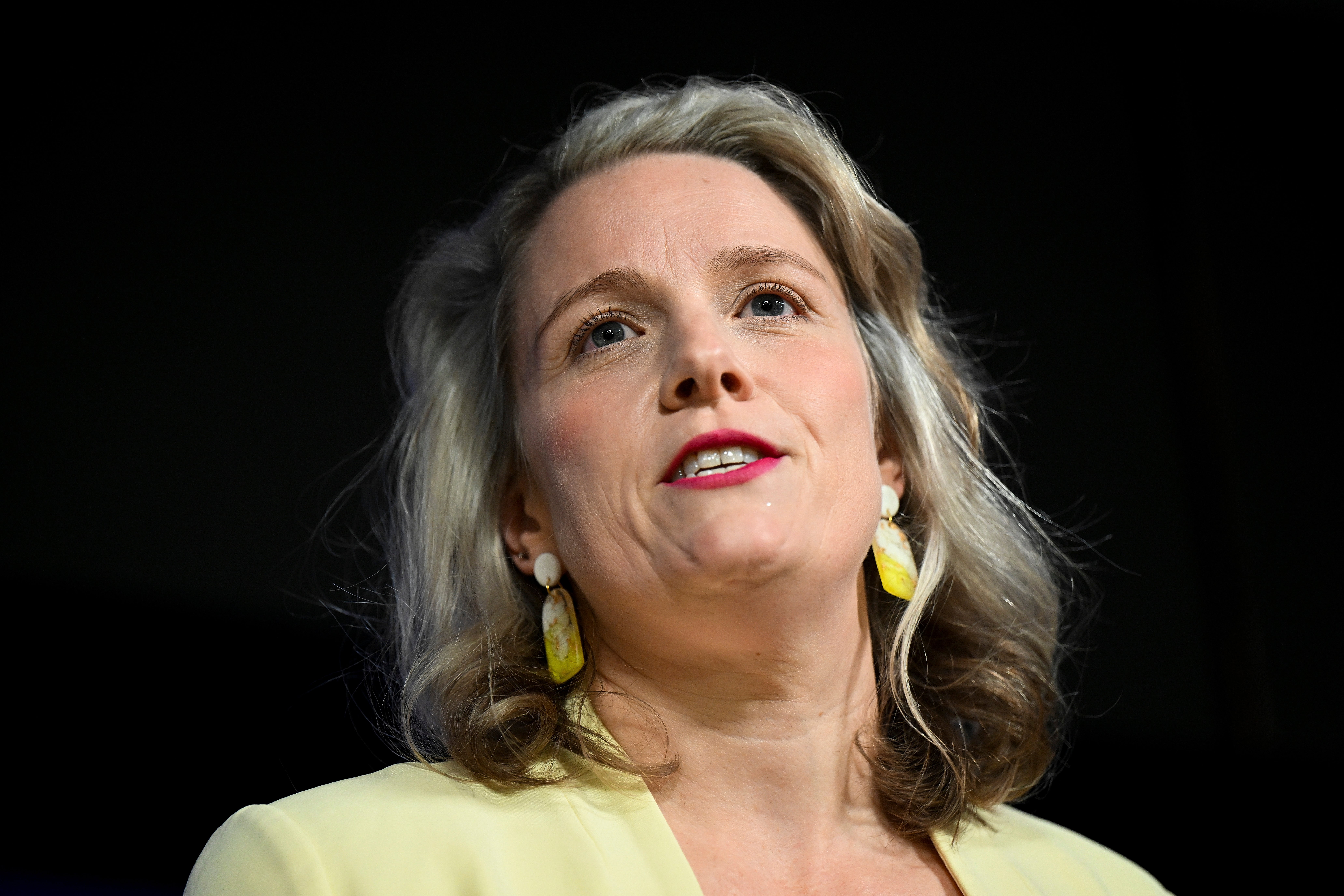Australia lifts minimum wage for skilled migrant workers
Australia will end a decade-old freeze on the minimum wage for skilled migrant workers as part of an overhaul of what the government describes as a broken migration system

Your support helps us to tell the story
From reproductive rights to climate change to Big Tech, The Independent is on the ground when the story is developing. Whether it's investigating the financials of Elon Musk's pro-Trump PAC or producing our latest documentary, 'The A Word', which shines a light on the American women fighting for reproductive rights, we know how important it is to parse out the facts from the messaging.
At such a critical moment in US history, we need reporters on the ground. Your donation allows us to keep sending journalists to speak to both sides of the story.
The Independent is trusted by Americans across the entire political spectrum. And unlike many other quality news outlets, we choose not to lock Americans out of our reporting and analysis with paywalls. We believe quality journalism should be available to everyone, paid for by those who can afford it.
Your support makes all the difference.Australia will end a decade-old freeze on the minimum wage for skilled migrant workers as part of an overhaul of what the government described Thursday as a broken migration system that fosters exploitation and favors attracting low-paid employees over filling critical skill shortages.
“What has emerged is a system where it is increasingly easy for migrants to come to Australia in search of a low-paid job, but increasingly difficult for migrants with the skills that we desperately need,” said Home Affairs Minister Clare O’Neil. “One of the reasons there is so much exploitation in Australia is because we have allowed low-wage migration programs to operate in the shadows.”
Australia has long had one of the highest rates of immigration of any country within the Organization for Economic Cooperation and Development. But the migrant workforce that used to settle permanently has become increasingly temporary.
The Temporary Skilled Migration Income Threshold had been frozen by a previous government at 53,900 Australian dollars ($35,600) a year since 2013. A new minimum wage of AU$70,000 ($46,300) would apply from July 1, O’Neil said.
A government statement released Thursday said that “around 90% of all full-time jobs in Australia are now paid more than the current TSMIT, undermining Australia’s skilled migration system.”
The Australian economy was “stuck in a productivity rut” that migrant workers could help resolve, O'Neil said.
All temporary skilled workers in Australia, many of whom had become “permanently temporary migrants” living on various visas in the country for years, would be given clearer pathways to permanent residency by the end of the year, she said.
Speaking to the National Press Club, O'Niel criticized outdated preferred occupation lists that no longer reflect the needs of the economy or emerging technology industries, among other aspects of the migration system under the previous government that ruled for nine years until May 2022.
“Our migration system is suffering from a decade of genuinely breathtaking neglect,” she said. “It is broken, it is failing our businesses, it is failing migrants themselves. And, most important of all, it is failing Australians."
O’Neil commissioned a review in November of Australia’s migration program that found 1.8 million temporary migrants were living within a national population of 26 million.
The review reported: “It is not in Australia’s national interest to maintain a large proportion of temporary entrants with no pathway to citizenship as it undermines our democratic resilience and social cohesion.”
In September, the government increased its permanent immigration intake to 195,000 — an increase of 35,000 — for the current fiscal year that ends June 30 as the nation grapples with skills and labor shortages.
Australia's unemployment rate was 3.5% in March, which many consider maximum employment.